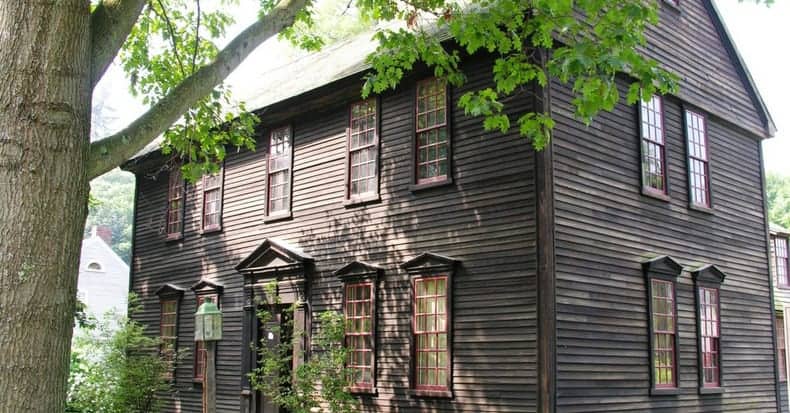The Basics of Underpinning Houses in Melbourne
Every building requires a stable and strong foundation. Australian construction codes require that a home has to be built with a solid and stable foundation. However, older houses in Melbourne require underpinning regularly to restore weak foundations.

What is Underpinning?
Some people assume that underpinning is a form of a foundation. However, that’s not the case. Underpinning is a technique of restoring existing foundations.
Underpinning is often done on a home whose foundation has weakened over time as a result of soil subsidence or erosion, especially in older homes.
If the foundation of a newer home has weakened as a result of poor workmanship, then it’ll require underpinning.
How Is Underpinning Done?
A building’s structural integrity mainly depends on its foundation. A foundation can fail as a result of several reasons including:
- Some older foundations are laid on wooden piles. Once the wood rots, the foundation may weaken.
- Adding another story or effecting other structural alterations to an existing building can destabilize the foundation.
- The soil conditions on which a foundation sits can change as a result of soil subsidence, erosion, and other natural causes.
- Excavation near the foundation can undermine its structural integrity.
Underpinning boasts of being an ingenious technique of restoring the structural integrity of an existing foundation. Concrete underpinning is one of the most common underpinning techniques for stabilizing a foundation.
Concrete is usually poured beneath an existing foundation or around it or both. Pouring concrete will extend the foundation’s depth, thereby giving it a more solid and soil base to sit on.
It also works by extending the area covered by the foundation, thereby distributing the structure’s load across a wider surface for enhanced stability.
Sometimes, concrete isn’t required. The soil type may demand the use of a special type of grout to strengthen it for a more solid base soil on which the foundation rests.
In other instances, more elaborate underpinning techniques may be required. Regardless of the situation, underpinning is not a DIY project. It should only be done by a qualified and licensed underpinning contractor.
Besides, you may have to get the services of an experienced structural engineer since they’re best placed to assess the foundation and recommend the best underpinning method to fix the problem at hand.
Does My Home Require Underpinning?
A licensed building consultant or building inspector will advise you whether your home requires underpinning. It’s often required if:
- There are wide cracks in the interior or exterior walls
- There are cracks in the floor tiles
- The floors have become uneven
- There are gaps around the doors or windows
- The doors or windows are sticking
- The exterior walls of your home are no longer vertical
All these signs are indicators of an unstable foundation. In case your home requires underpinning, have it done soonest possible. Avoid putting it off since the problem will worsen over time.
By underpinning a weakened or unstable foundation soonest possible, you’ll save yourself a lot of money that would be required in more repairs.
Also, you’ll stand better chances of saving your home by having the foundation fixed as soon as the problem is detected.
Also read: Which Is The Best Underpinning Method?


